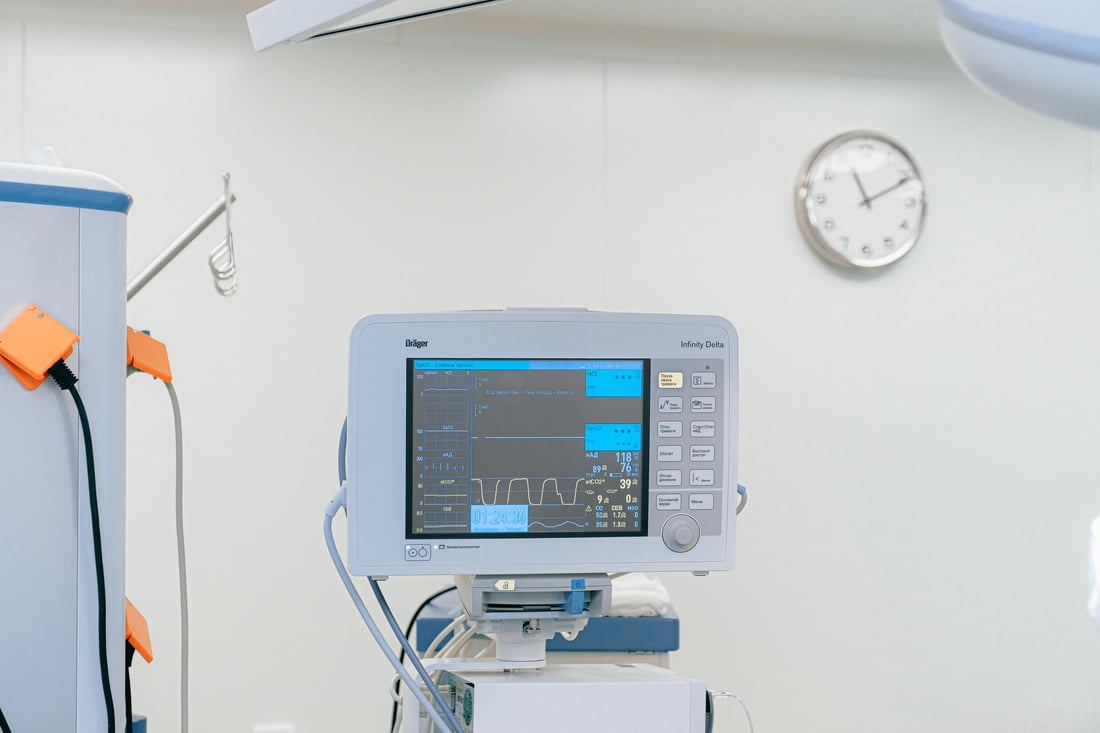Medical device inspection is a crucial process in the healthcare industry that involves checking medical devices for compliance with regulatory standards, safety, and quality.
The Regulatory Landscape
Regulatory bodies around the world, such as the FDA in the United States and the MHRA in the UK, have strict guidelines in place for medical device inspection to protect patients and ensure product quality.
Ensuring Patient Safety
Medical device inspection helps to identify potential risks and defects in devices that could harm patients if not detected and addressed promptly.
The Importance of Quality Control
Quality control is essential in the manufacturing of medical devices to prevent defects and ensure that devices are safe and effective for patient use.
Types of Inspections
There are different types of medical device inspections, including pre-market inspections, post-market surveillance, and routine quality control checks.
The Role of Inspectors
Inspection of medical devices is typically conducted by trained inspectors who follow standardized protocols to assess the safety and quality of devices.
Compliance with Standards
Medical device manufacturers must adhere to strict standards and guidelines set forth by regulatory bodies to ensure that their products meet safety and quality requirements.
The Impact on Healthcare Providers
Healthcare providers rely on medical device inspection to ensure that the devices they use in patient care are safe, reliable, and effective.
Challenges in Inspection
Despite the importance of medical device inspection, challenges such as resource constraints and evolving technology can make it difficult to maintain consistent quality control measures.
The Future of Medical Device Inspection
Advancements in technology, such as AI and machine learning, have the potential to enhance the efficiency and accuracy of medical device inspection processes in the future.
Quote Inquiry
Contact us!

